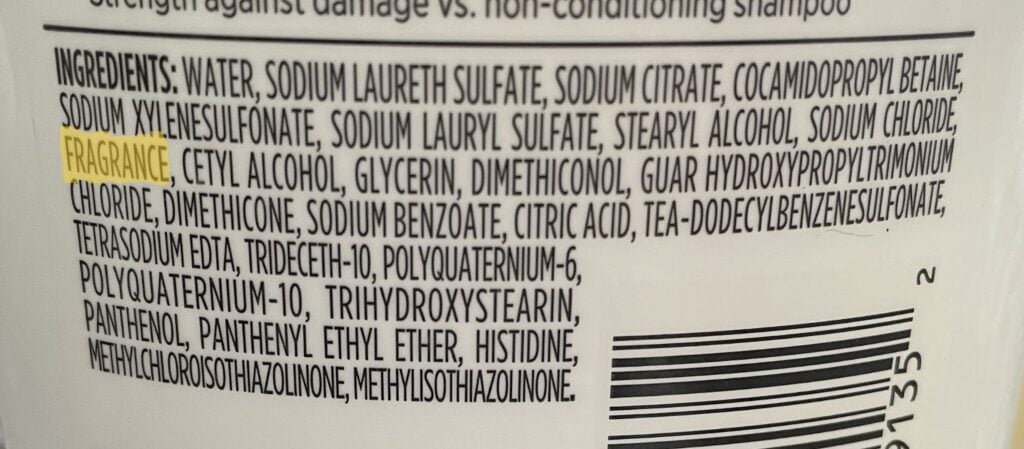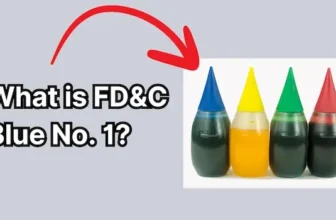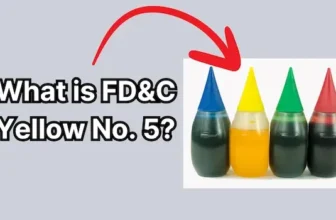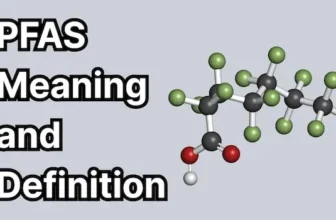As a scientist, many people have been asking me about the safety of black plastic kitchen utensils due to the widespread media coverage and viral reports about toxic chemicals in these products.
The concern has sparked a consumer movement to discard black plastic utensils and seek safer options, but have you wondered what is the real reason behind this?
Recent studies have shown that the color of your kitchen utensils, specifically black utensils, may have a significant impact on the levels of flame retardants in your kitchen.
Black plastic utensils are often made from recycled electronic waste, which can contain harmful chemicals like flame retardants.
It’s unfortunate that a well-intentioned effort to recycle waste has led to unintended consequences for our health.
Recycling helps reduce landfill waste and conserves natural resources, which is something I’m also passionate about.
Nevertheless, while flame retardants serve an important purpose, these chemicals have also been linked to a variety of health concerns, including hormone disruption, cancer, and developmental delays in children.

What are Flame Retardants?
Flame retardants are chemicals that are commonly used in household items to reduce the risk of fires spreading.
They are frequently used in products such as furniture, electronics, and kitchen utensils to reduce the risk of fire hazards.
These chemicals work by either physically blocking the flames or by chemically interrupting the combustion process.
While flame retardants can be effective in preventing fires, there are concerns about their potential health and environmental impacts.
Common Types of Flame Retardants Found in Black Kitchen Utensils Include:
Black kitchen utensils often contain flame retardants due to being manufactured from recycled electronic waste.
1. Brominated Flame Retardants (BFRs)
- Tetrabromobisphenol A (TBBPA)🍃: Frequently detected in black plastic utensils, TBBPA is linked to endocrine disruption and other health risks.
- Decabromodiphenyl Ether (BDE-209)🍃: Despite being banned in several countries, BDE-209 is still found in significant concentrations. It is associated with carcinogenicity and bioaccumulation.
- 2,4,6-Tribromophenol (2,4,6-TBP)🍃: A commonly detected BFR in black plastic products.
2. Organophosphate Flame Retardants (OPFRs)🍃:
- These are also present in black plastic utensils and are known for their potential neurotoxicity, reproductive harm, and endocrine disruption.
3. Polycyclic Brominated Compounds🍃:
- These compounds are remnants from recycled electronic waste used in manufacturing black plastics.
| Factor | Details |
| Main Chemicals | Flame retardants, heavy metals (in some cases) |
| Health Risks | Cancer, hormone disruption, fertility issues, neurological damage |
| How Chemicals Enter Food | Migration during heating/cooking |
| Main Source of Contamination | Use of recycled electronic waste in black plastic production |
| Safer Alternatives | Stainless steel, wood, glass, ceramic, silicone (not black plastic) |
| Expert Advice | Avoid black plastic utensils for food; do not reheat food in black plastic containers |
Are Black Plastic Kitchen Utensils Toxic?
Some studies have linked certain flame retardants to health issues such as hormone disruption, reproductive problems, and even cancer. (6🍃)
Some flame retardants have been banned in certain countries due to their harmful effects on human health and the environment.
Despite these risks, flame retardants are still commonly used in a wide range of consumer products, including kitchen utensils, furniture, and electronics.
When it comes to black kitchen utensils specifically, the risk of exposure to flame retardants is particularly concerning.
When these utensils come into contact with heat during cooking, the chemicals can leach out and contaminate food.
Black Plastic Utensils Study Math Error
A widely publicized study about black plastic kitchen utensils contained a significant math error that exaggerated the health risk.
The researchers aimed to compare estimated daily exposure to a flame retardant (BDE-209) from black utensils to the EPA’s safe reference dose.
They calculated the reference dose for a 60 kg (132 pound) adult as 42,000 nanograms per day, but the correct value is 420,000 nanograms per day-a tenfold difference. (7🍃)
While the study still found concerning levels of flame retardants in black plastic utensils, the actual risk is much lower than initially reported.
However, studies have shown that these flame-retardant chemicals can accumulate in the body over time, leading to potential long-term health effects. (6🍃)
| Material | Features |
| Silicone | Heat-resistant, non-toxic, flexible, dishwasher-safe. Be mindful of temperature limits and ensure the utensils are 100% food grade. |
| Wood/Bamboo | Eco-friendly, gentle on cookware, durable, typically requires hand washing for longevity. |
| Stainless Steel | Highly durable and ideal for high heat. |
OXO Stainless Steel Kitchen Utensils
One alternative to black kitchen utensils is stainless steel.
Not only is stainless steel durable and easy to clean, but it also does not contain the harmful flame retardants found in many black utensils.
Stainless steel utensils are also resistant to rust and corrosion, making them a practical choice for any kitchen.
GIR (Get It Right) Silicone Kitchen Utensils
Another option is silicone kitchen utensils, which are heat-resistant and come in a variety of vibrant colors to brighten up your kitchen.
Silicone utensils are also non-toxic and easy to clean, making them a safe and convenient choice for everyday cooking.
Woodenhouse Wood Kitchen Utensils
Wooden kitchen utensils are another great alternative to black utensils.
Not only are they eco-friendly and biodegradable, but they also add a touch of warmth and natural beauty to your kitchen.
Wooden utensils are gentle on non-stick cookware and can last for years with proper care.
Riviera Bamboo Kitchen Utensils
Additionally, bamboo utensils are a sustainable option that is both lightweight and durable.
When choosing kitchen utensils, it is important to consider not only their aesthetic appeal but also their safety and impact on our health.
By exploring alternative options to black kitchen utensils, we can create a stylish and functional kitchen that is free from harmful chemicals and flame retardants.
References
- Schubert, Michael, and Nicoletta Lanese. “Recycled Black Plastic Can Contain Flame Retardants, Viral Study Found. That’s Still True – but Their Math Was Off.” LiveScience, Purch, 19 Dec. 2024, www.livescience.com/health/spatulas-and-takeout-containers-made-from-recycled-black-plastic-may-carry-flame-retardants.
- Nevradakis , Michael. “High Levels of Toxic Flame Retardants Found in Toys, Kitchen Utensils Made from Black Plastic – National Center for Health Research.” National Center for Health Research – The Voice For Prevention, Treatment and Policy, 4 Oct. 2024, www.center4research.org/contaminated-plastic-recycling-toxic-black-plastic/.
- “High Levels of Toxic Flame Retardants Found in Toys, Kitchen Utensils Made from Black Plastic – National Center for Health Research.” National Center for Health Research – The Voice For Prevention, Treatment and Policy, 4 Oct. 2024, www.center4research.org/contaminated-plastic-recycling-toxic-black-plastic/.
- Zimmermann, Lisa. “Black Kitchen Utensils Contain Banned Flame Retardants, Study Finds.” Food Packaging Forum, 14 Jan. 2025, foodpackagingforum.org/news/black-kitchen-utensils-contain-banned-flame-retardants-study-finds.
- Schubert, Michael, and Nicoletta Lanese. “Recycled Black Plastic Can Contain Flame Retardants, Viral Study Found. That’s Still True – but Their Math Was Off.” LiveScience, Purch, 19 Dec. 2024, www.livescience.com/health/spatulas-and-takeout-containers-made-from-recycled-black-plastic-may-carry-flame-retardants.
- Common Flame Retardant Chemical Disrupts a Hormone That Is Essential to Life | Endocrine Society
- From e-waste to living space: Flame retardants contaminating household items add to concern about plastic recycling – ScienceDirect
Read Next
Top 10 Best Non-Toxic Candles in 2025
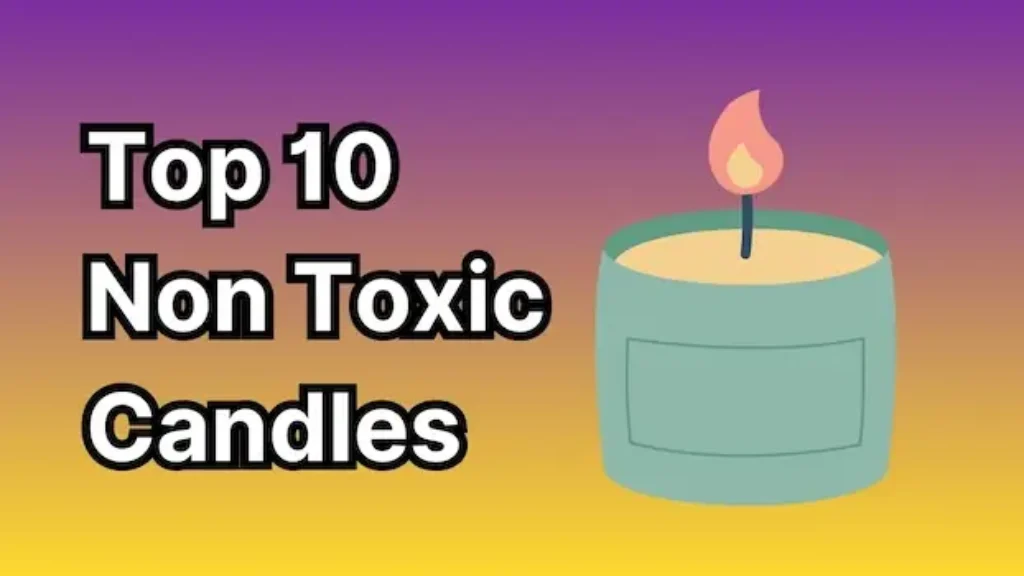
Top 10 Best Non Toxic Laundry Detergents
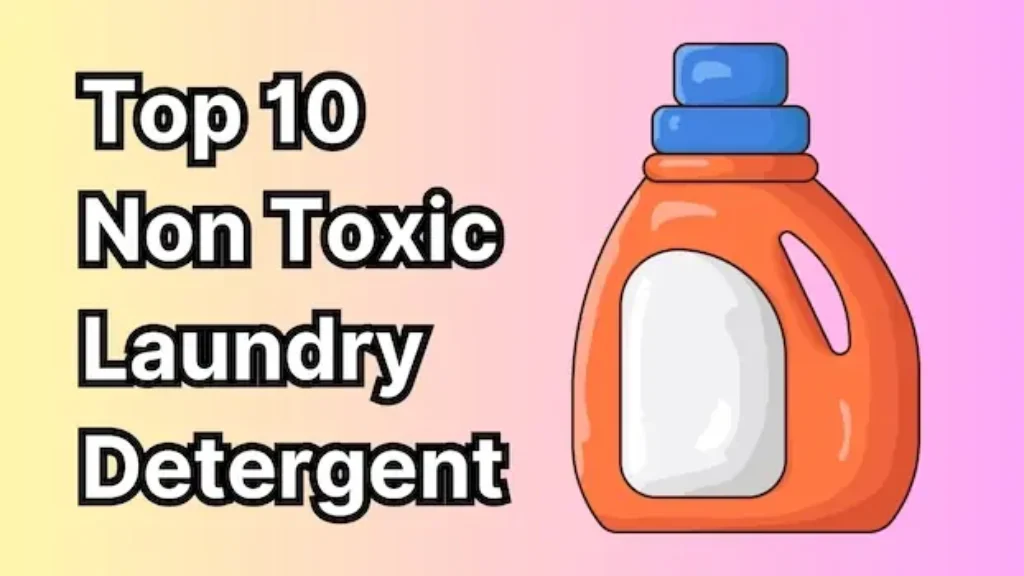
What is FD&C Red 40 Made of and its Side Effects?

What Is Yellow 5 (Tartrazine) and is it Bad for You?
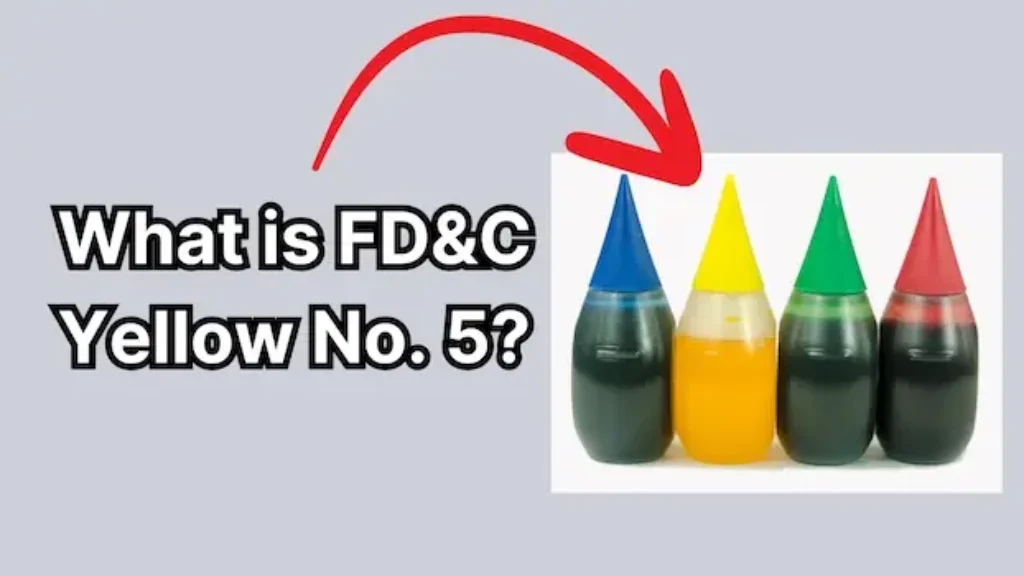
What Is FD&C Blue 1 and is it Bad for You?

What are Parabens & Why are They Bad? From a Scientist

PFAS: Meaning, Definition, and How to Avoid
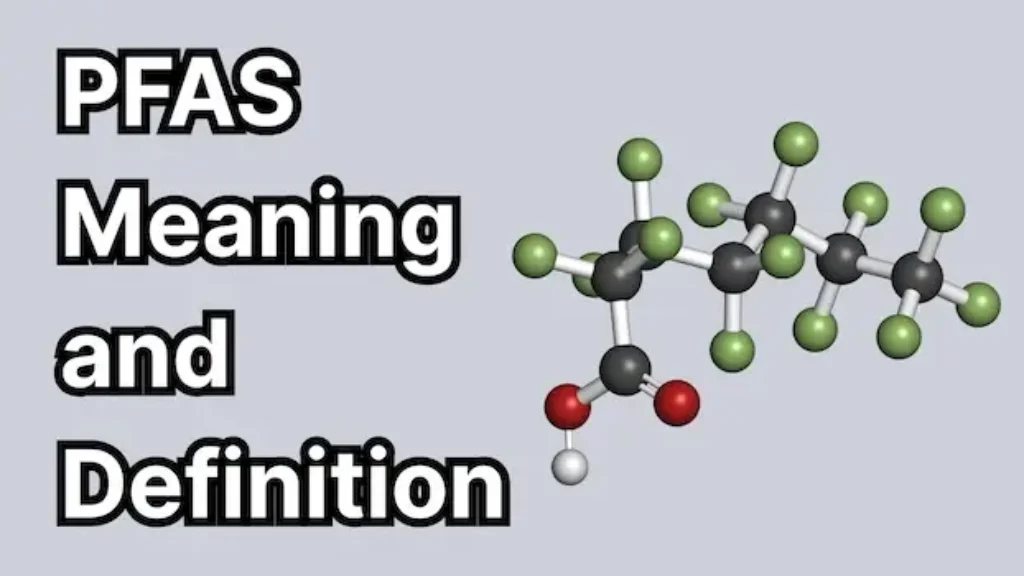
What are Phthalates? Pronunciation and Definition

What is Fragrance Made of? Ingredients List & Health Risks
